The Most Famous Semi Key: The 1889-CC Morgan Dollar
The 1889-CC is the second scarcest business strike in the series.
The 1889-CC is the leading semi-key in the whole series of Morgan dollars, and is perhaps the most famous semi-key of all U.S. coins. Morgan dollars are extremely popular and the 1889-CC is the second scarcest business strike in the series.
Morgan silver dollars were minted from 1878 to 1904, and again in 1921. Official commemorative Morgan and Peace Silver Dollars have been produced by the U.S. Mint starting in 2021, and are often purchased by collectors.
True Morgan dollars were minted at the Philadelphia, New Orleans, San Francisco, Carson City (Nevada) and Denver Mints. They were produced at the Carson City Mint from 1878 to 1885 and from 1889 to 1893.
Although literally millions of Morgan silver dollars were released by the U.S. government after 1950, especially in the 1970s and in 1980, few 1889-CC Morgans were among the releases. While I know of only one 1889-CC Morgan dollar in a federal Government Services Administration (GSA) sealed holder from the 1970s, other 1889-CC Morgans could have been included in bags or assortments that the U.S. Treasury Department discharged at face value during the 1950s and early 1960s.
It is likely that only a small number of 1889-CC Morgans in total came from government vaults during the second half of the twentieth century. Although other dates in the series, like the 1898-O, went from being relatively scarce to relatively common, the 1889-CC has consistently been relatively scarce in all grade ranges, and is an extreme condition rarity in grades above MS64.
In addition to being one of the most expensive components of a set of Morgan silver dollars by date and mint, the 1889-CC is pursued by collectors who focus on coins of the U.S. Branch Mint in Carson City, Nevada, a popular specialty. The 1882-CC, 1883-CC and 1884-CC are far more common than 1889-CC Morgans, yet are much less common than several San Francisco Mint Morgans like the 1881-S and 1882-S.
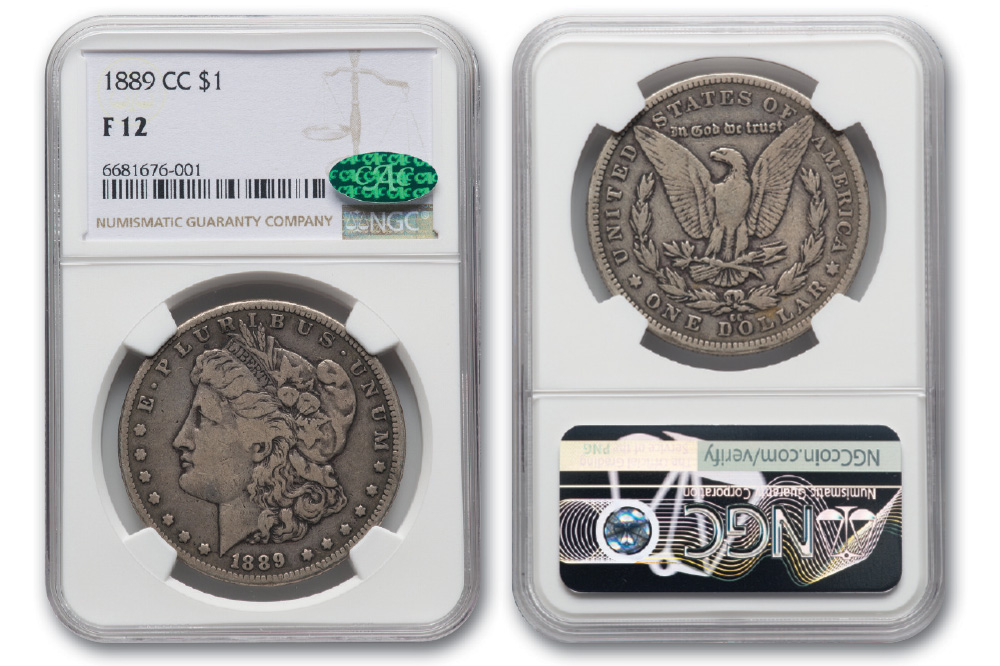
In VF20 grade, the CPG® medium retail estimates are $48.60 for an 1882-S, $182 for an 1882-CC and $2,060 for an 1889-CC. In MS65 grade, the CPG® medium retail price estimates are $240 for an 1882-S, $585 for an 1882-CC and $288,000 for an 1889-CC. The difference between $182 for an 1882-CC and $2,060 for an 1889-CC in VF20 grade is not large in contrast to the difference between $585 and $288,000 in MS65 grade.
A VF20 grade Morgan dollar has much detail and Uncirculated Morgan dollars are not the most detailed of all U.S. coin issues anyway. From a logical perspective, Fine-12 to Extremely Fine-45 grade Morgans of many dates may be good deals. Certainly, these cost dramatically less than corresponding MS65 grade Morgan dollars.
In my opinion, a naturally toned XF40 to AU50 grade coin that has few contact marks or hairlines may often be more appealing than a higher grade Morgan dollar of the same coin issue that was certified by the same grading service. PCGS or NGC graded MS65 Morgans are frequently offered and receive publicity. CAC-approved Morgans command significant premiums.
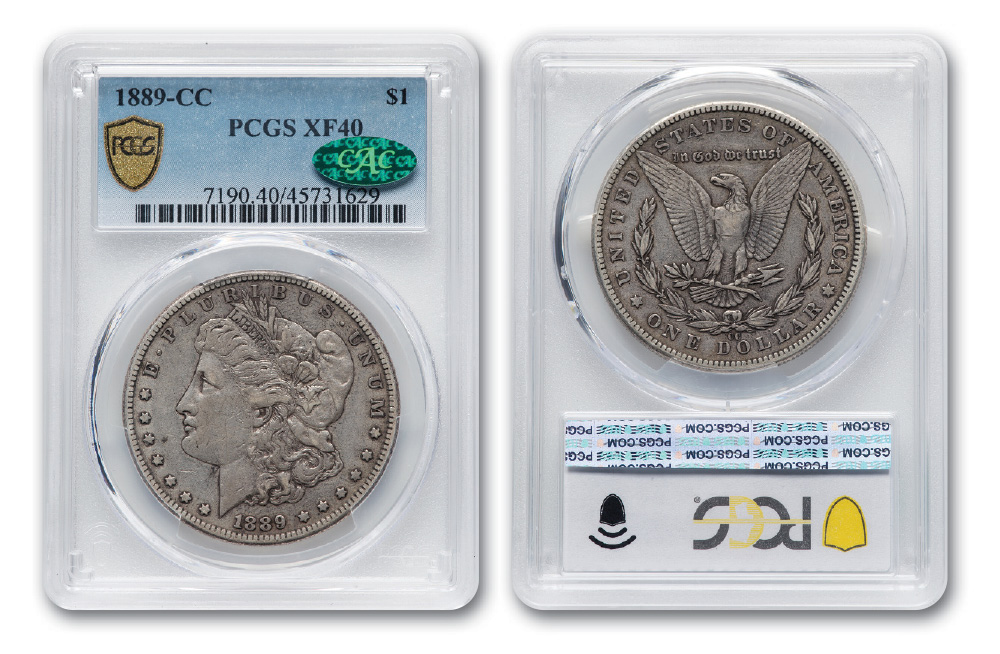
On January 22, Heritage sold four PCGS graded MS65 1882-S Morgans: for $154, $159, $192 and $198, respectively. Three NGC graded MS65 1882-S Morgans were also recently sold by Heritage: for $174 on February 24, for $164 on December 27, 2023, and for $252 on December 3, 2023.
Although the 1882-CC is the most common Carson City Mint Morgan, it is less common and is worth much more than the 1882-S and other extremely common dates. On January 31, Heritage sold two PCGS graded MS65 1882-CC Morgans, for $480 and $504, respectively. One year earlier, Heritage sold a PCGS graded AU58 1882-CC for $288. On June 7, 2023, Stack’s Bowers auctioned a CAC-approved, NGC graded XF45 1882-CC for $216.
Unfortunately for budget-minded collectors of Morgan silver dollars, an 1889-CC costs far more than a common date Morgan or an 1882-CC. On January 3, Heritage sold a CAC-approved, NGC graded F12 1889-CC for $1,500. On January 14, a CAC-approved, PCGS graded XF40 1889-CC realized $4,800.
Above XF40, prices for 1889-CC Morgans tend to climb steeply. Rather than a Mint State coin, it might be a good idea to consider purchasing an XF40 or XF45 grade 1889-CC. These are around, and tend to have retail values in the $4,500 to $5,500 range. The PCGS population in XF40 is 823 and the NGC census is 401. Even more have been certified by PCGS and NGC as grading XF45. The CAC populations for XF grade 1889-CC Morgans, however, are small.
Beginning or intermediate-level collectors should buy less expensive Morgan dollars before buying an 1889-CC. I suggest consulting an expert before acquiring an 1889-CC.
In January 2024, Heritage auctioned a CAC-approved, NGC graded MS63 1889-CC for $45,600. A certified MS64 grade 1889-CC could practically bring a price anywhere between $50,000 and $160,000, depending upon the characteristics of the individual coin and the circumstances of the sale.
On August 15, 2023, a PCGS graded MS65+ 1889-CC, with a CAC sticker, was auctioned by Heritage for $660,000. CAC has not approved a higher grade 1889-CC. NGC reports an 1889-CC as grading MS67. At the moment, however, I am unable to recollect or find information about that NGC certified 1889-CC.

PCGS has graded an 1889-CC as MS68, which was earlier in the Eliasberg Collection. This coin requires a separate discussion to be fairly analyzed. Back in August 2013, Stack’s Bowers auctioned it for $881,250. This result was a public record for a Morgan dollar that was later broken by the sale of an 1893-S by GreatCollections in 2021, as I reported in a discussion on Greysheet.com.
Huge auction results for key and semi-key Morgans that are certified as grading MS65 or higher reinforce my point that circulated Morgans may be better values for many collectors. Most certified MS63 to 65 grade Morgans have been artificially brightened via dipping in acidic solutions. While I am partial to natural toning and originality, it is true that a majority of buyers of Morgan silver dollars tend towards dipped coins. Also, it is common for coins that have been dipped in the past to naturally retone, sometimes well and sometimes not so well.
I suggest seeking Morgan dollars that have naturally toned, at least to an extent, though are not wildly toned or especially vivid. Shades of russet, often brownish, and assorted spots or patches of rich blue colors tend to naturally emerge on Morgan Dollars. Some green hues do, too, though these are usually medium or dark, not yellowish or bright. Mellow gray tones are frequent and normal. Somewhat often, apricot or peach colors naturally appear as well, which are usually accompanied by russet shades. I am sometimes suspicious of Morgans that are mostly peach or blue colored.
Also, coin doctors have added oils, grease, films, clear plastics, and other substances to Morgan dollars to deflect attention from contact marks or hairlines. Most such additives can be removed without harming the coin. This is another reason to begin with relatively inexpensive coins. In most instances, CACG, NGC and PCGS certified Morgan dollars are very easy to buy and sell for competitive prices.
Appealing representatives of a majority of dates (and mint combinations) in the series can easily be purchased for less than $300 per coin, often for less than $150 per coin. It would not make sense for a budget minded collector to acquire an 1889-CC at the beginning of the process of assembling a set.
Collectors tend to learn while collecting and by directing questions to experts. It is easy to learn and have fun at the same time as building a satisfying set of Morgan silver dollars.
©2024 Greg Reynolds, Insightful10@gmail.com
Images courtesy of Heritage Auctions, HA.com.

Download the Greysheet app for access to pricing, news, events and your subscriptions.
Subscribe Now.

Subscribe to CPG® Coin & Currency Market Review for the industry's most respected pricing and to read more articles just like this.
Source: Greg Reynolds


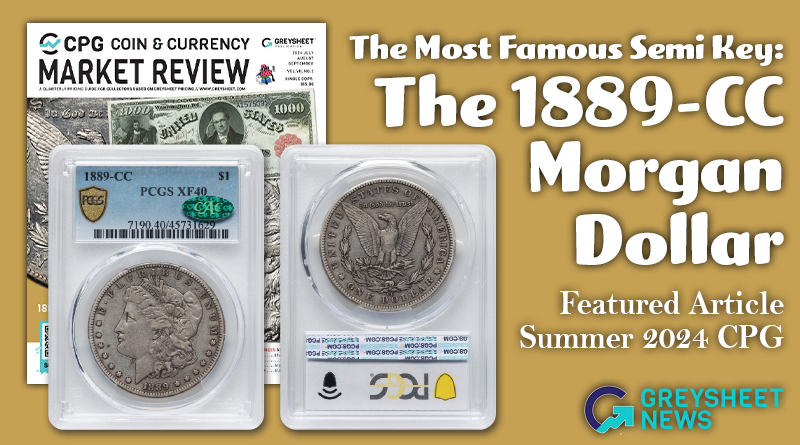

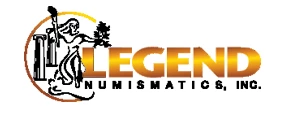


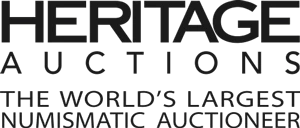

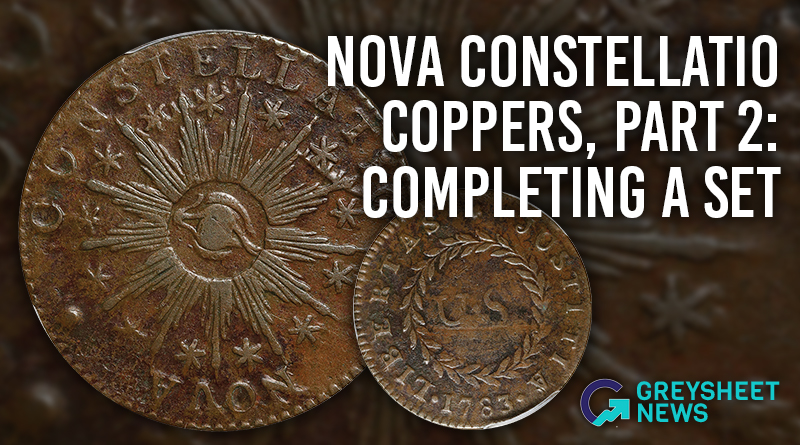
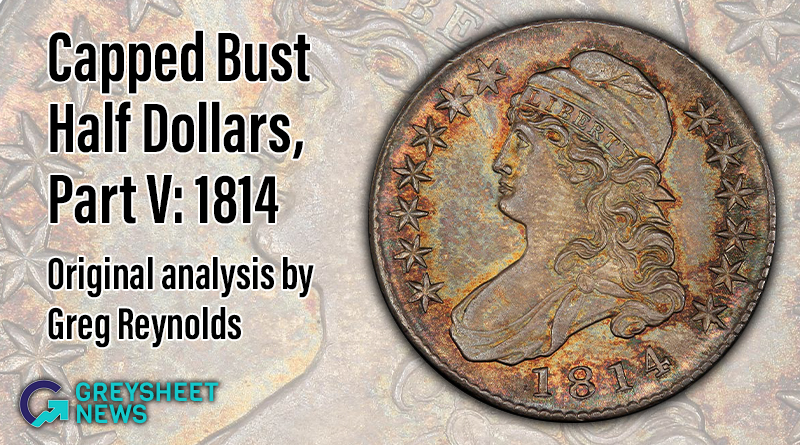

Please sign in or register to leave a comment.
Your identity will be restricted to first name/last initial, or a user ID you create.
Comment
Comments